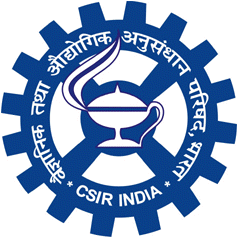

 |
 |
|---|

MitoLink is a unique customized workflow system that allows for systematic storage, extraction, analysis and visualization of genomic variation to understand genotype-phenotype correlations for mitochondrial diseases. Given the modularity of tool and data integration, MitoLink is a scalable system that can accommodate a diverse set of applications linked via standard data structure within the framework of Galaxy. MitoLink is built on FAIR principles and supports creation of reproducible workflows towards understanding genotype-phenotype correlations across several disease phenotypes globally..

This network has two types of edges, genes and diseases. There are 259 gene nodes and 488 disease nodes, the edge defined by the information obtained from DisGenNet GDA association score of >0.6. The genes are shown as round green circles, diseases as blue squares. Of 259 genes, 24 have LoF data in gnomAD datasets and these are shown as orange circles. The size of the gene nodes represents the number of genomic variation with ClinVar annotation of pathogenicity and range from 1 to 10. Disease node size is the degree of these nodes, number of genes mapping to them and this ranges from 1 to 6.

A graph on chromosome-wise distribution of variation in these 259 genes is shown in the figure. It is important to emphasize that these 259 genes have at least one variant annotated as pathogenic or likely pathogenic in ClinVar.
The MitoLink Galaxy workflow system is also available as a standalone VirtualBox virtual machine appliance from the open-access repository ZENODO (URL https://doi.org/10.5281/zenodo.5167938).
Take an interactive tour of MitoLink Galaxy v1.0:
Galaxy UI »
History »
Scratchbook »